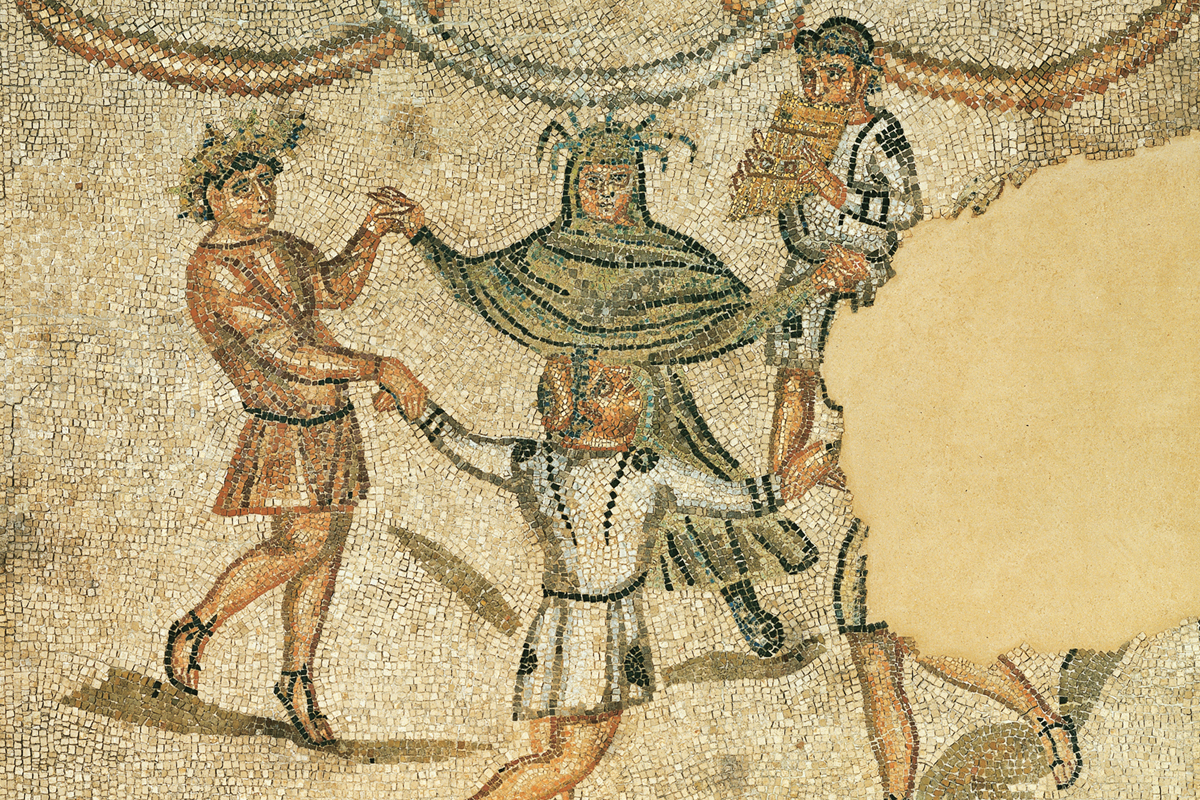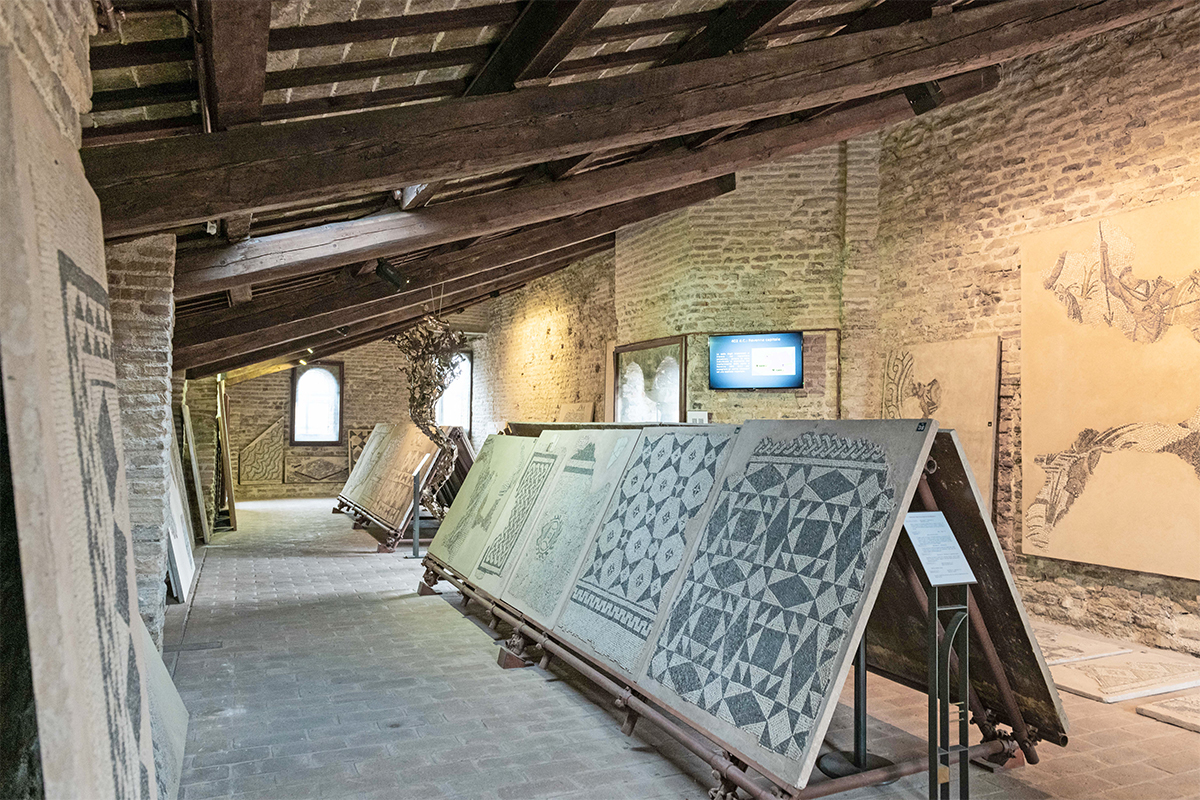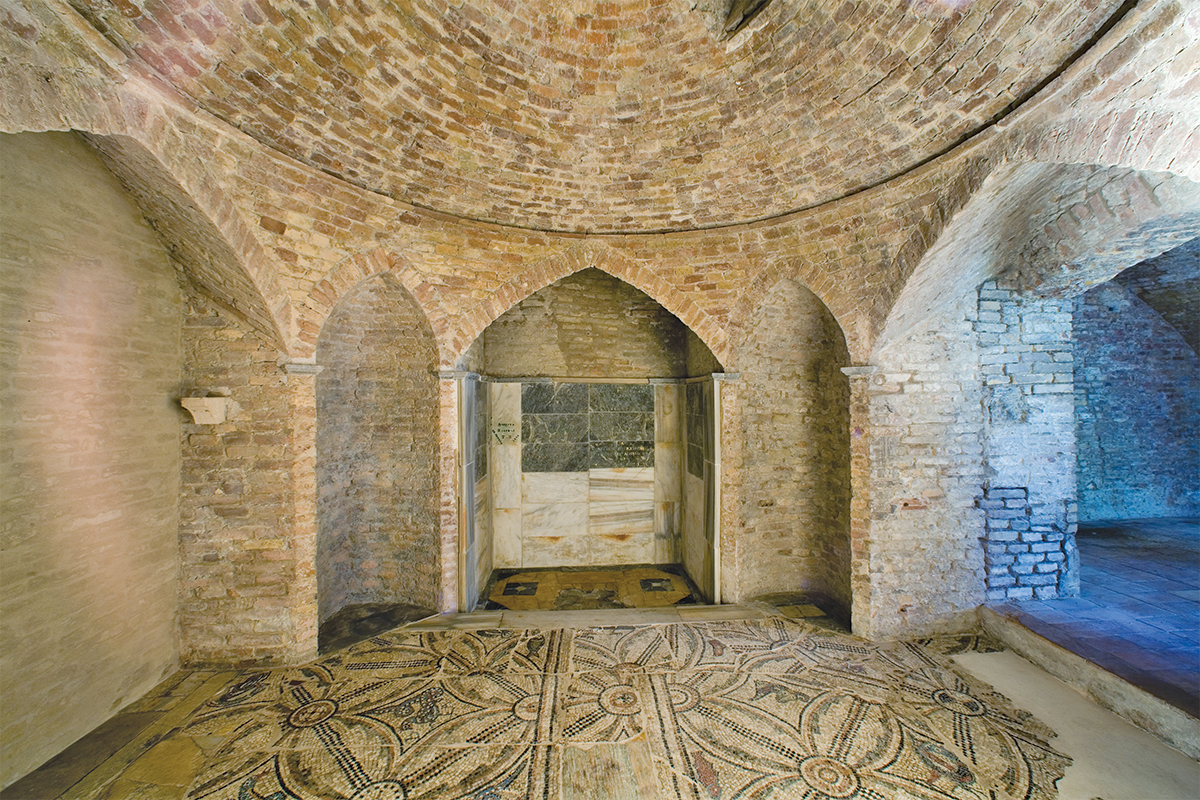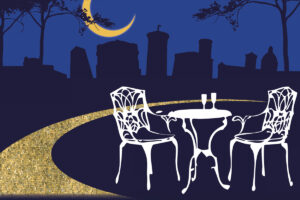In Ravenna, there are many archaeological sites where it is possible to admire spectacular mosaic works dating back to different historical periods.
Right in the centre of the city, the most precious archaological site of the city is the Domus of the Stone Carpets.
It is a prestigious complex of residences dating back between the Roman Republican times and the Byzantine age, among which stands out the so-called “Byzantine palace“, made up of 14 splendid rooms covering 700 sqm.
In this site, it is possible to admire charming mosaic floors decorated with refined patterns and figures, such as the Dance of the Geniuses of the Seasons or the 4th-century mosaic representing the Good Shepherd.

In Via di Roma, a few steps away from the Basilica of Sant’Apollinare Nuovo, are the remains of a building known as Theodoric’s Palace.
Although they are located in the area where once was the imperial palace, according to many scholars they were part of the Carolingian church of San Salvatore ad Calchi.
In the upper room of the building are many floor and wall mosaics that were found during archaeological campaigns carried out at the beginning of the last century in the surrounding area, and presumably related to the imperial residence that once stood here.

Not far from the Zone of Silence is Palazzo della Provincia, which preserves interesting 5th-century mosaics coming from the area of Classe.
The Rasponi Crypt, which was never used as a burial place for the Rasponi family, is a noble chapel divided into three different rooms. It features a charming mosaic floor dating back to the 6th century and coming from the destroyed Basilica of San Severo in Classe.
The floor is made up of parts of different mosaic floors, richly decorated with ornamental and animal figures, hens, ducks, gooses, ram’s heads and snakes, all represented with vivid enamels enhancing their chromatic richness.

Just 8 kilometres away from the historical centre is the small hamlet of Classe – a place that witnesses the importance of Ravenna and its close relationship with the sea throughout history.
Here is also the Ancient Port of Classe, an archaeological site where the remains of ancient buildings, warehouses and many other interesting objects were found.
This is also the area where the remains of the Basilica of San Severo were found. Parts of its wall and floor mosaics were recovered and are now preserved in various locations of the city, such as the Rasponi Crypt, the National Museum and the Classis Museum.
The Classis Museum, one of Italy’s most important archaeological museums, hosts an unmissable floor mosaic coming from teh legendary Theodoric’s Palace and the so-called mosaic of the boxers, dating back to one of the most ancient stages of the Domus of the Stone Carpets.






